An official policy brief of UITP, the International Association of Public Transport, cites evidence to prove that the risks associated with using public transport are minimal and suggests that this is the time to take measures to ensure public transport sector survival which has been highly impacted by the unsustainable fall in ridership, and associated fare box revenues, caused by lockdowns. We bring you excerpts from the policy.
The corona virus crisis has shown how essential public transport is to guarantee access and continuity of basic services. During the lockdown, all over the world, public transport supply was maintained to ensure the mobility of essential frontline workers. With the upturn in economic activity, the demand for mobility is growing. Public transport authorities and operators need to adapt the networks and services, increase operational capacity, invest in new technologies to provide real time information to customers and manage the occupancy rate, and enforce safety measures. All this needs to be managed while their revenues are still heavily impacted by the dramatic drop in ridership and the increased costs of additional sanitary measures.
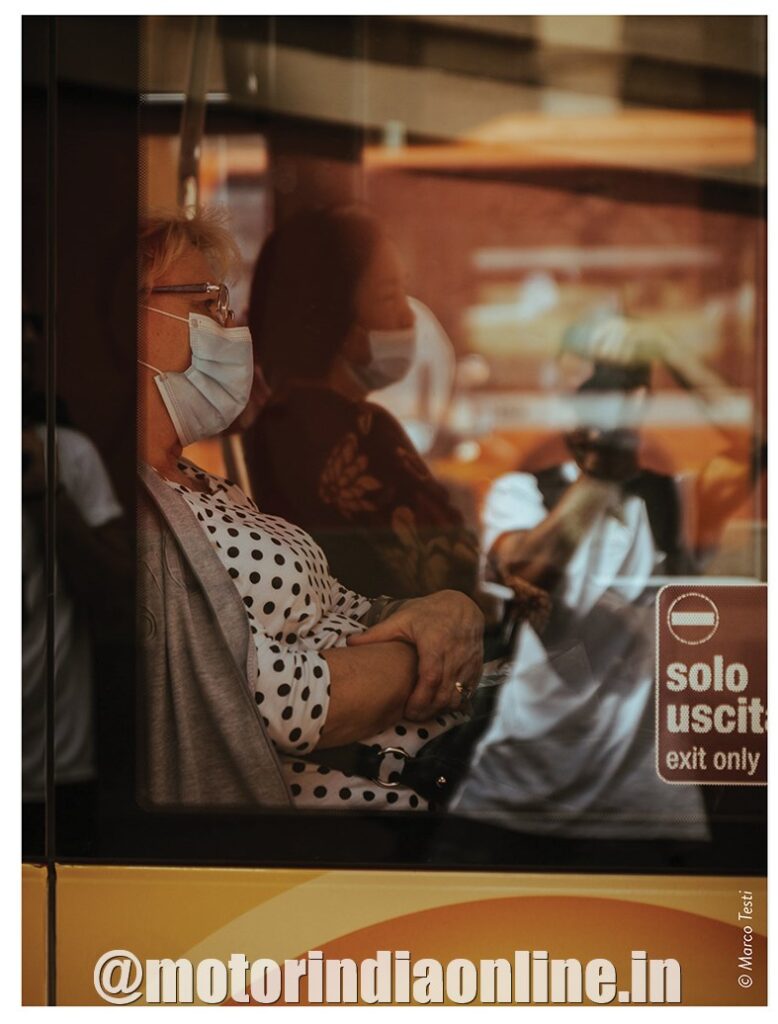
Despite the lack of scientific evidence, many governments, relayed too often by the media, have called for people to avoid using public transport and to travel instead by car, bike or walk. This has impacted people’s behaviour and the public perception of feeling at risk in public spaces, including public transport. Today, there is enough evidence to demonstrate that, when measures recommended by the health authorities are implemented, the risk of catching the virus in public transport is very low. If we recognise that zero risk doesn’t exist, public transport remains one of the safest ways to move around the city and keep cities alive. With the right measures, public transport is therefore virus-safe.
The Commitment Factor
Since the beginning of the crisis, public transport authorities and operators have been addressing the issue very seriously by:
• Adapting the transport supply.
• Scaling and reinforcing cleaning and disinfection procedures.
• Supplying protective equipment to their staff and to passengers.
• Ensuring staff and passengers comply with health regulations.
• Increasing the level of natural ventilation and air renewal.
• Accelerating the digitalisation and the deployment of IT tools to better monitor their operations.
• Anticipating the number of travellers and occupancy in vehicles to provide real time information to avoid crowds.
• Arranging contactless payment facilities.
• Providing their staff and customers with regular transparent communications.
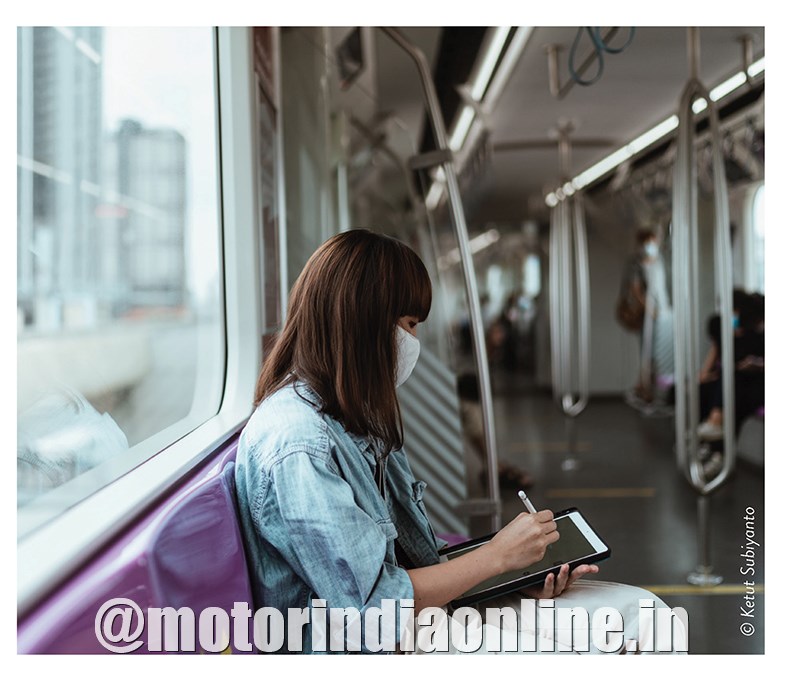
Despite all these measures increasing their costs, authorities and operators have demonstrated their adaptability and, above all, a very strong sense of responsibility and commitment towards their staff and the communities they serve. With a progressive resumption of activities after lockdown, it is imperative to step in with exceptional financial support measures, otherwise the system will collapse. While ensuring the enforcement of all recommendations by the health authorities, public transport systems keep carrying samples involving escalators, doors, card readers, push buttons and handrails. In addition, air samples are also taken in different locations, making sure the system is as clean as it can be while reducing the potential risks. Building on the cumulated experience, planning and operational teams have modelled how the impact of a potential second lockdown would affect their systems, including detailed plans to address these scenarios.
Supported by Evidence
We all recognise the importance of evidenced-based decisions in relation to all aspects of urban mobility and the impact on quality of life. In terms of safety in relation to corona virus, there are more and more scientific studies and empirical analysis showing the adept performance of public transport systems in comparison to other public and private places. To name a few:
1. Robert Koch-Institut (Germany): Data from an article published in the Epidemiological Bulleting 38/2020 of August 21, 2020 shows that 0.2% of traceable outbreaks in Germany were linked to transport, and involved fewer people per outbreak than those in frequently affected settings.
2. Santé Publique France (French Public Institute on Health Information): Data collected between May 9, 2020 and September 28, 2020 shows that only 1.2% of virus clusters are linked to transport (land, air and sea). They mainly come from work places (24.9%), schools and universities (19.5%), healthcare venues (11%), temporary public and private events (11%), and family gatherings (7%).
3. Rail Safety and Standard Boards: Analysis by the UK rail safety body (RSSB) has shown that the risk of contracting corona virus while travelling by train is one in 11,000 journeys. This is equivalent to a chance of less than 0.01%, lower than the probability to die in a road accident. With a face covering, it is one in 20,000 journeys i.e. 0.005%.
4. University of Colorado Boulder: As published in National Geographic on August 11, 2020), according to a modelling exercise, the risk of being infected in a well-ventilated metro with minimal talking and movement is 0% after 70 minutes. It’s lower for a bus ride.
5. Science Magazine: As published by the American Association for the Advancement of Science on May 26, 2020, in Japan, most clusters originated in gyms, pubs, live music venues, karaoke rooms, and similar establishments where people gather, eat and drink, chat, sing, and work out or dance, rubbing shoulders for relatively extended periods of time. No cluster has been traced in commuter trains. According to Hitoshi Oshitani, a virologist and public health expert at Tohoku University, riders are usually alone and do not talk to other passengers. And lately, they all wear masks.
6. Bloomberg City Lab: As per a report published on June 9, 2020, between May 9 and June 3, 150 clusters of new corona virus cases emerged in France, according to the country’s national public health body. Defined as three cases or more of virus linked by contact, these clusters occurred largely in the sort of places you might predict they would – healthcare facilities, workplaces and homeless shelters — all sites where people mix in enclosed spaces for long periods of time and, in the case of hospitals, where people who are already infected are likely to congregate. What was striking, however, was the number of clusters associated with public transit. There weren’t any. For almost a month, not a single viral cluster had emerged on France’s six metro systems, 26 tram and light rail networks or numerous urban bus routes.
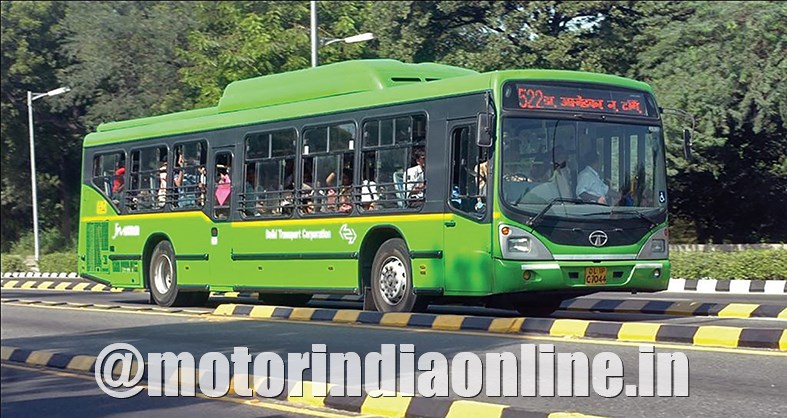
The World Health Organization (WHO) agrees that air pollution is most likely a contributing factor to the health burden caused by the corona virus as dirty air is already known to inflame the lungs and cause respiratory and heart disease that make people more vulnerable. All in all, the hardest evidence showing that public transport is safe comes with the recent evolution of public transport demand that is slowly growing after confinement in comparison with the trend of new detected cases in the areas those systems serve. Indeed, despite the increasing number of cases during the second wave in many countries, the ridership of public transport maintains its positive trend, gaining the trust of passengers.
A Chance to Build Back Better
Despite the unjustified stigmatisation of public transport, the sector’s stakeholders are committed to restore trust and reassure passengers. This should be a shared responsibility involving the political authorities, the public transport agencies (authorities, operators and industry) and citizens. Therefore, it is important for public transport organisations to engage with local, regional and national decision makers who are on the frontline of addressing public expectations. Travel demand management plays a key role to decongest the peak.
Public authorities and private actors should collaborate to monitor and realign strategies affecting the short and, especially, long-term impacts of the current crisis on the dynamics of cities and mobility. Supported by technological solutions and flexibility, efficient responses to optimise and adapt the network and services will influence smart travel (for example, pricing strategies to flatten the peak hour). Among other measures, this calls for workplaces and schools to stagger working hours to minimise the crowd at rush hours. New habits such as teleworking should be continued, where feasible.
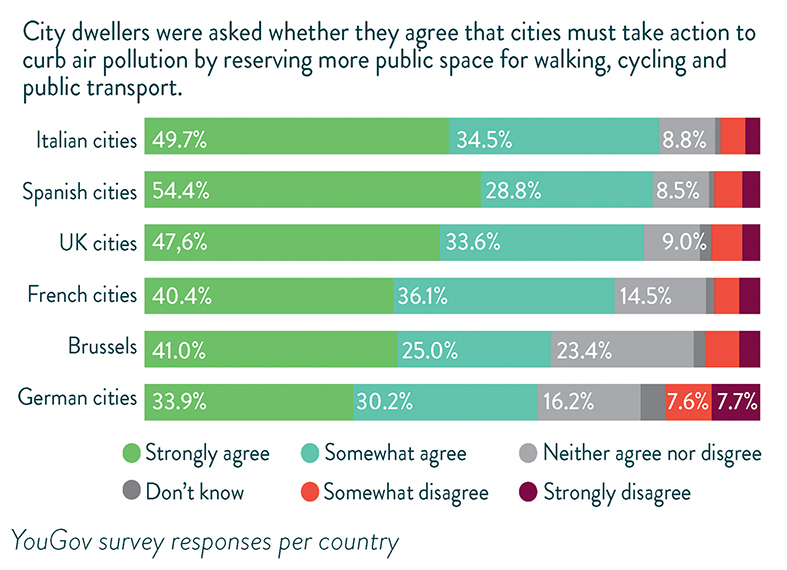
During the commute, the following conditions must be achieved simultaneously to maintain public transport safety while contributing to the prevention of the coronavirus transmission in cities:
• Wearing of masks.
• Disinfection of high-contact surfaces.
• Good ventilation and frequent air renewal.
Moreover, the general behaviour of passengers is also important: people don’t talk much and don’t eat in public transport vehicles limits the spread of droplets. The British Medical Journal provides a more in-depth look with the following table on the risk of transmission while using public transport based on usage of face coverings, time of exposure and activity, and quality of air in both low and highly occupied vehicles.
Cities Need Better Mobility
Now is the time to devise visionary solutions and strengthen policy-making that fosters inclusive, sustainable, resilient and smart urbanisation, protects the rights of citizens and the foundations of local democracy, in support of prosperity and wellbeing. The global agendas such as the Paris Agreement on Climate Change, the 2030 Agenda for Sustainable Development and the New Urban Agenda require urgent implementation. Cities must move beyond business-as-usual and work together to deliver the greatest impact for people. Governments at all levels should invest in cities’ social infrastructure, in particular health, education and public transport systems. Public transport and active mobility play a key role to build back better systems.
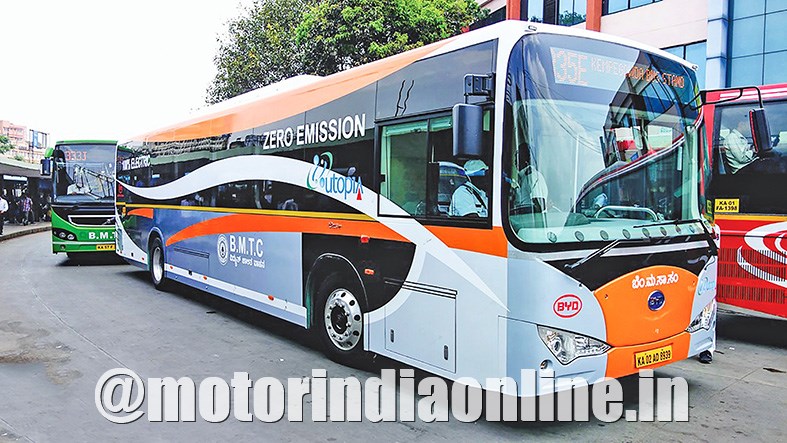
Public transport should be a priority for decision-makers in all countries. The derived economic, social and environmental benefits are indisputable and the basis for healthier citizens and cities. Public transport is an inclusive and accessible service that can be used by everybody, regardless of socio-economic standing. It is critical to bear this in mind, to serve people and not cars. Decision-makers must prioritise accessible, safe, breathable, and walkable streets through urban planning, putting people at the heart, by implementing the careful coordination of land use and long-term mobility planning with the engagement of all stakeholders from project start.
Low traffic levels in cities around the world are a fantastic opportunity for tactical cost-efficient investments such as allocating safer spaces for public transport and active mobility, establishing dedicated bus lanes to ensure better reliability for bus services to bring down travel time as much as possible, fighting air pollution through car restrictions and other effective measures to protect citizens. These measures do count with the support of the population. Efficient mobility systems, based on public transport as their backbone, not only offer health benefits, reduce congestion, accidents, noise and greenhouse gas (GHG) emissions but also provide access to education, jobs, markets, a range of other essential services to ensure that no one and no place is left behind.
The math is simple: More people reaching more employment, studies and businesses more easily will result in more opportunities for all. This, in turn, spurs social and territorial cohesion and local developments. This equity provided by public transport enables inclusion and opportunity. For all those reasons, access to sustainable urban mobility should be recognised as part of human rights and therefore should be supported by all governments. More flexible and agile contractual forms should be included in future tender procedures, moving from a customer-supplier relationship to a more fluid public-private partnership in order to share risks and benefits among all stakeholders (national and local governments, public transport authorities, public transport operators, new mobility providers, industry, citizens, etc.).
Cities and countries have been responding to short-term emergencies, but now we must move beyond, ensure the survival of the public transport and seize a historical unique opportunity to start over and shape the future of our cities. The sector is strongly inter-linked with many other challenges (climate, health, social inclusion, road safety, etc.) that will not be met without a clear priority given to public transport as a vital pillar for economic, social and environmental recovery, both in the short and long-term. Public transport stakeholders have demonstrated that although they didn’t have the experience to deal with such sanitary crisis, they have reacted extremely rapidly to the situation and demonstrated their great sense of responsibility towards their staff and the communities they serve.
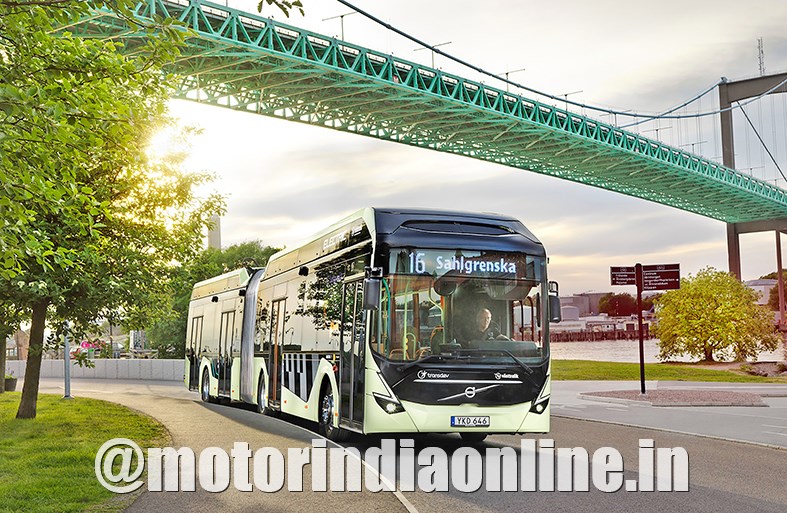
We acknowledge that this is a new area of action for public transport stakeholders who, like all other public and private players, are learning from this exceptional sanitary situation, constantly evolving. Numerous scientific studies and empirical analysis show that public transport is much less risk than other public places or private gatherings. Unfortunately, it has been too often stigmatised without any solid arguments. Based on scientific findings and practical experience available today, this paper shows that public transport is taking the appropriate measures to reduce those risks to a level that is manageable and acceptable by users. Additional efforts should be made to strongly communicate public transport benefits to society and restore citizens´ trust.
Recommendations
The pandemic has demonstrated that urban public transport is an essential public service and a common good we have to preserve. All decision-makers must acknowledge that cities simply cannot afford to lose essential mobility services. Let´s now walk the talk:
• Setting up clear rules and a coherent approach at regional and global level by competent health authorities is the key, while providing agile regulatory frameworks and financial incentives to build and deliver urban transport systems that have the levels of capacity and increased quality of environment people desire.
• Listening to facts instead of perceptions is crucial. Grounded in data and the science, rigorous studies and empirical evidences confirm that when measures recommended by the health authorities are implemented and enforced, public transport is virus-safe.
• Taking the lead, being active and transparent on media to positively communicate the measures, the sector is taking to minimising the potential risks. The efforts will not only help restore people’s trust in their public transport systems but also drive wider benefits of public transport to society.
• Ensuring public transport sector survival, highly impacted by the unsustainable fall in public transport ridership, and associated fare box revenues, caused by lockdowns.
• Guaranteeing a stable funding framework through dedicated mobility funds with the public sector acting as a driver.
• Alternative funding schemes, such as congestion charging, road pricing or earmarked taxes, should be considered.